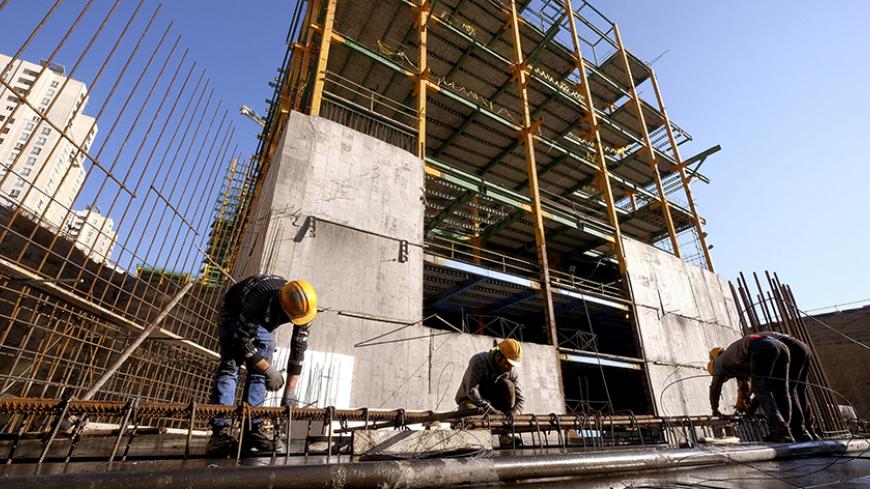Since the end of the Iran-Iraq War in 1988, Iran’s development policies and investment plans have been formulated in so-called five-year plans (5YPs), with the first one starting in 1989. Five 5YPs have been completed so far, and Iran started the implementation of the sixth 5YP on March 21. The approval and implementation of this latest plan had been delayed due to disagreements between the government and the parliament — disagreements that point to key differences on what political stakeholders understand as a “development plan.” The objectives of the original plan have previously been discussed by Al-Monitor. This article will concentrate on the diverging views on development planning and what it will mean for the future of economic policymaking in Iran.
One of the main characteristics of the original sixth 5YP bill was the fact that it was relatively short and kept referring to future executive bylaws that would determine the detailed approach. Many conservative lawmakers criticized the plan during parliament debates, stating that it did not qualify as a development plan and it “clashed with the macro policies of the country.”



